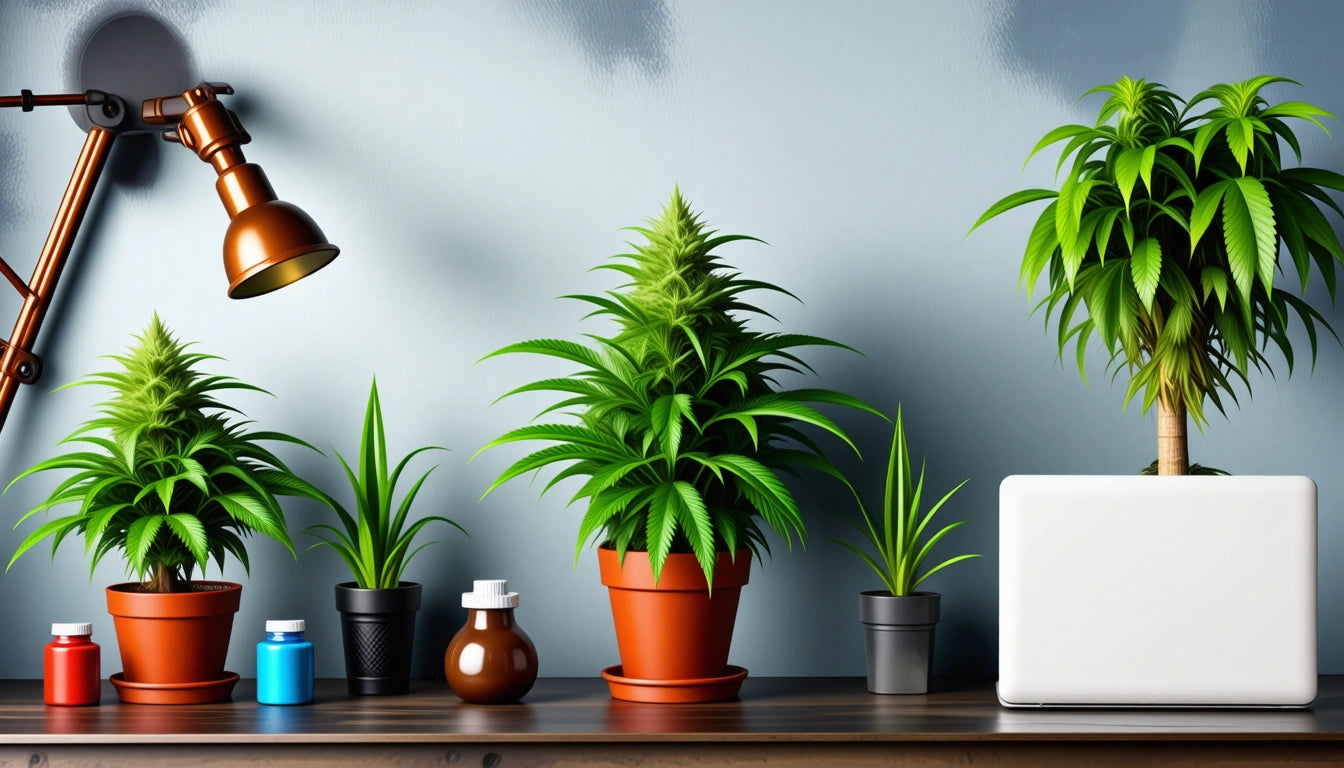Table of Contents
- Caloric Basics of Vaping: Understanding What You're Inhaling
- Calories in Vape Juice: Examining the Ingredients
- Comparing Consumption Methods: Vaping vs. Edibles vs. Smoking
- Health Considerations Beyond Calories
- Safety Regulations and Vaping: Protecting Consumers
- Future Research on Nutritional Impact of Vaping
Do Vapes Contain Calories? Exploring the Caloric Content of Vaping
The question of how many calories are in a vape has become increasingly common as vaping grows in popularity. With health-conscious consumers tracking their nutritional intake, understanding whether vaping has calories is important for those who use these devices regularly. This comprehensive guide explores the caloric content of vaping, the ingredients in vape products, and what this means for users.
Caloric Basics of Vaping: Understanding What You're Inhaling
When asking "does a vape have calories," it's important to understand what calories actually are. Calories are units of energy derived from food and beverages that contain carbohydrates, proteins, fats, and alcohol. Vaping, however, involves inhaling aerosolized liquid rather than consuming food.
The primary components of standard vape juice include:
- Propylene glycol (PG)
- Vegetable glycerin (VG)
- Flavorings
- Nicotine (in varying concentrations)
- In cannabis vapes: cannabinoids like THC or CBD
While these ingredients do contain calories in their liquid form, the amount that enters your system through inhalation is negligible compared to ingestion.
Calories in Vape Juice: Examining the Ingredients
Technically speaking, vape juice does contain caloric substances. Vegetable glycerin, a common base ingredient, contains about 4.32 calories per gram. Propylene glycol contains approximately 4.7 calories per gram. However, when addressing the question of how many calories are in vape products, we must consider the delivery method.
When you vape, you're not ingesting these substances through your digestive system. Instead, you're inhaling an aerosol that primarily enters your lungs. Your lungs are not designed to extract calories from substances the way your digestive system is. According to research on the nutritional content of vaping, the caloric absorption from inhaled aerosols is minimal to non-existent.
Flavoring Components
The flavorings in vape juice might contain sugar derivatives or other caloric substances. However, these are present in such minute quantities that their caloric contribution is virtually zero. When someone asks how many calories in vaping they're consuming, the answer remains consistent: effectively none that would impact your daily caloric intake or nutritional goals.
While vape juice contains ingredients with caloric value, the amount actually absorbed through inhalation is so minimal that it has no practical impact on daily caloric intake or weight management.
Comparing Consumption Methods: Vaping vs. Edibles vs. Smoking
Understanding how many calories is in a vape becomes clearer when comparing different consumption methods:
- Edibles: Cannabis or nicotine edibles contain significant calories from their food-based ingredients (sugar, fats, etc.)
- Smoking: Traditional smoking, like vaping, doesn't contribute meaningful calories
- Vaping: Negligible caloric impact through inhalation
For those wondering how many calories per vape they're consuming, it's worth noting that even heavy vaping throughout the day would not contribute a measurable amount to your daily caloric intake. This differs significantly from edibles, which can contain anywhere from 5 to 100+ calories per serving depending on the product.
Health Considerations Beyond Calories
While the question "are there calories in vape" can be answered with "technically yes, but effectively no in terms of nutrition," there are other health considerations more relevant to vaping.
According to studies on vape hits and THC content, the health effects of vaping relate more to the active compounds being delivered and potential respiratory impacts rather than caloric concerns.
For those using vapes for cannabis consumption, understanding potency and dosage is far more important than any minimal caloric content. The psychoactive effects of THC or the therapeutic benefits of CBD present more significant considerations than the question of how many calories is vaping adding to your diet.
Safety Regulations and Vaping: Protecting Consumers
When discussing vape products, safety regulations focus on ingredients, device safety, and preventing access by minors rather than caloric content. Much like with medications, safety standards for packaging and labeling are designed to protect consumers, particularly vulnerable populations like children.
The question of does vape juice have calories rarely factors into regulatory considerations. Instead, regulations typically address:
- Age restrictions for purchase
- Ingredient safety and disclosure
- Marketing restrictions
- Child-resistant packaging
- Manufacturing standards
These safety measures are critical for consumer protection, regardless of the minimal caloric content in vape products.
Future Research on Nutritional Impact of Vaping
While current evidence suggests that the answer to "how many calories in a vape" is negligible, ongoing research continues to explore all aspects of vaping's health impacts. Future studies may provide more detailed analysis of how vaporized compounds interact with the body's systems, including any potential metabolic effects.
For now, consumers concerned about caloric intake can rest assured that vaping doesn't contribute meaningfully to daily calorie consumption. Those tracking nutrition for weight management or health reasons can effectively consider vaping a zero-calorie activity, unlike consuming edibles or caloric beverages.
If you're choosing between different consumption methods and calories are a concern, vaping represents a lower-calorie alternative to edibles. However, all consumption methods come with their own considerations beyond just caloric content, and consumers should research thoroughly to make informed decisions about which options best suit their needs and health goals.











Leave a comment
All comments are moderated before being published.
This site is protected by hCaptcha and the hCaptcha Privacy Policy and Terms of Service apply.